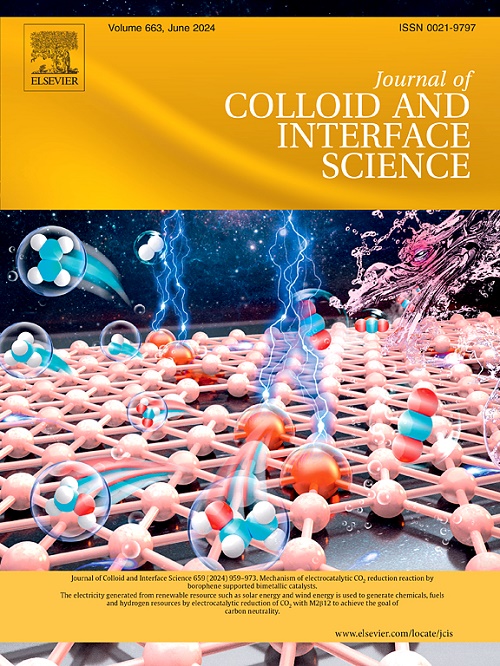Sec-butanol as a bifunctional electrolyte additive to effectively improve electrochemical performance of V2O5//Zn battery
IF 9.4
1区 化学
Q1 CHEMISTRY, PHYSICAL
引用次数: 0
Abstract
Aqueous Zn-ion batteries (AZIBs) are considered as a promising energy storage device owing to their inherent safety, cost-effectiveness, and environment friendliness. However, their commercialization is hindered by critical challenges, including severe dendrite growth and poor electrochemical performance stemming from an inefficient cathode-electrolyte interaction, thus leading to inevitable short circuits and significant capacity decay. Herein, sec-butanol (SBT) is applied as a bifunctional electrolyte additive in a 1 M Zn(ClO4)2 aqueous electrolyte to achieve high-performance AZIBs. Profiting from the strong coordination and adsorption capabilities, SBT effectively reshapes the solvation structure of Zn2+ ions in the electrolyte and inhibits the two-dimensional diffusion of Zn2+ ions. Moreover, SBT also enhances the wettability of the electrolyte on the V2O5 cathode, facilitating better electrode–electrolyte interactions. Benefiting from those positive effects, the Cu//Zn half cell with SBT demonstrates stable cycling performance over 1000 cycles at 5 mA cm−2 in the modified electrolyte, markedly outperforming cells with pure aqueous electrolyte. Most notably, the V2O5//Zn full battery achieves a remarkable capacity of 247.78 mAh g−1 at 4 A g−1 in the modified electrolyte, significantly surpassing the performance of systems without SBT.

求助全文
约1分钟内获得全文
求助全文
来源期刊
CiteScore
16.10
自引率
7.10%
发文量
2568
审稿时长
2 months
期刊介绍:
The Journal of Colloid and Interface Science publishes original research findings on the fundamental principles of colloid and interface science, as well as innovative applications in various fields. The criteria for publication include impact, quality, novelty, and originality.
Emphasis:
The journal emphasizes fundamental scientific innovation within the following categories:
A.Colloidal Materials and Nanomaterials
B.Soft Colloidal and Self-Assembly Systems
C.Adsorption, Catalysis, and Electrochemistry
D.Interfacial Processes, Capillarity, and Wetting
E.Biomaterials and Nanomedicine
F.Energy Conversion and Storage, and Environmental Technologies

 求助内容:
求助内容: 应助结果提醒方式:
应助结果提醒方式:


